The Nile crocodile (Crocodylus niloticus) is Africa’s largest reptile and a survivor from the age of dinosaurs. It inhabits rivers, lakes and wetlands across southern and eastern Africa and can exceed 16 feet in length, weighing over a ton. IUCN lists the species as least concern, and it is the only crocodile species in Africa with huntable populations on safari. Its armoured hide, razor‑sharp teeth and explosive ambush make it a formidable and sought‑after addition to the Dangerous Seven.

Crocs are hunted during the dry season when low water levels expose basking banks and make stalking easier. Most safari countries offer year‑round opportunities, but in Mozambique the season runs from May to November and in many areas high water prevents hunting until July. In Tanzania, crocodile hunting is part of the general safari season from July 1 to December 31 and requires a 21‑day licence. Hunters typically wait in a blind over bait placed at the water’s edge; the bait forces the crocodile to leave the water, allowing guides to judge size and enabling a precise brain shot. More adventurous hunters may stalk from shore or use a dugout canoe (mokoro) to approach basking reptiles, though even the slightest vibration can send a crocodile diving.
While the Nile crocodile is not endangered, some African crocodile species are vulnerable or protected. National regulations therefore require hunters to secure permits and adhere to quotas; hunts are often limited to mature males to protect breeding stocks. Trophy fees help fund anti‑poaching patrols and wetland conservation, and meat from harvested crocodiles is usually donated to local communities. In Tanzania, crocodile hunting falls under the Tanzania Wildlife Management Authority’s quota system and must be conducted by professional guides. By combining strict regulation with economic incentives, safari hunting contributes to the maintenance of crocodile habitats and provides livelihoods in remote areas.
Crocs can sense vibrations and will submerge instantly when alarmed, so hunters must move quietly and avoid casting shadows. High‑calibre rifles (.375 and above) are required to penetrate their thick armour. Early morning and late afternoon offer the best chances as crocodiles bask to warm themselves. Traditional methods used by indigenous communities included pit traps, spears, and baiting; modern trophy hunters follow ethical guidelines to ensure quick, humane kills and respect for this ancient predator.
Nile Crocodile can be found in the following location:
Nile Crocodile has the following variations:
- (Varieties to be confirmed)
Start Your Adventure



